
NEW DELHI- An Air India (AI) flight AI2403 from New Delhi (DEL) to Kolkata (CCU) aborted takeoff after a technical issue was detected during acceleration, forcing pilots to apply brakes at a high speed of 155 km/hr.
The incident occurred on July 21, 2025, around 5:30 PM, at Delhi’s Indira Gandhi International Airport (DEL). The aircraft was rescheduled for departure later the same evening, following standard safety protocols.
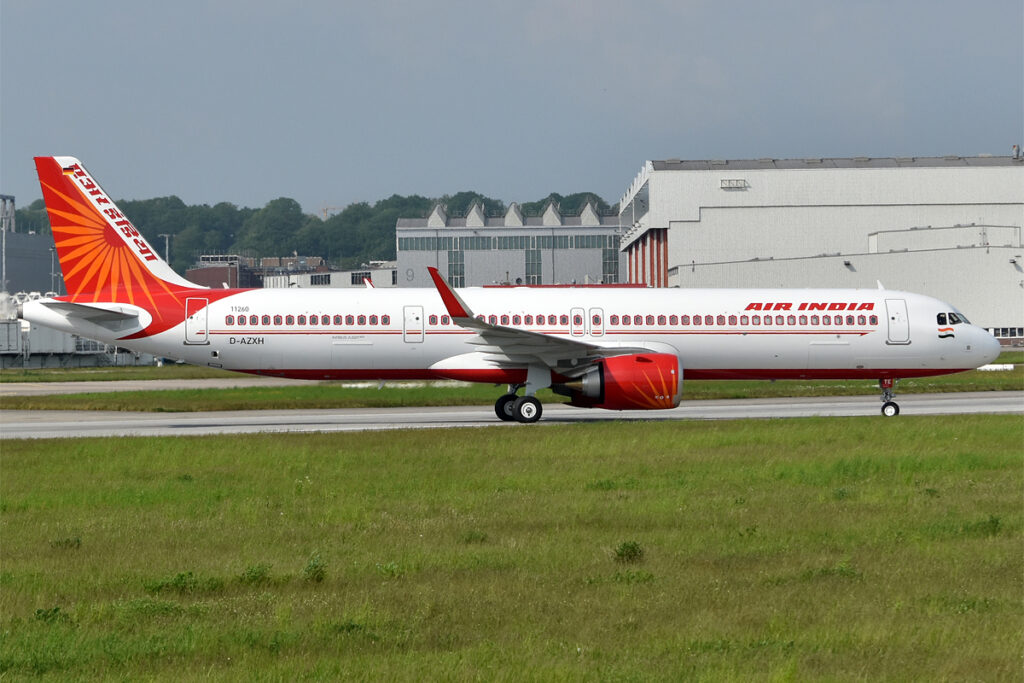 Photo: By Anna Zvereva – Air India, D-AZXH/VT-RTE, Airbus A321-251NX, CC BY-SA 2.0, https://commons.wikimedia.org/w/index.php?curid=133549115
Photo: By Anna Zvereva – Air India, D-AZXH/VT-RTE, Airbus A321-251NX, CC BY-SA 2.0, https://commons.wikimedia.org/w/index.php?curid=133549115Air India Pilots Abort Take-off
Air India Flight AI2403, scheduled from Delhi (DEL) to Kolkata (CCU), was accelerating on the runway when pilots identified a critical technical anomaly.
Following established Standard Operating Procedures (SOP), the cockpit crew aborted the takeoff and executed an emergency braking maneuver at 155 km/hr.
The airline released a statement confirming the decision to abort takeoff, citing the detection of a technical issue during the takeoff roll itself. Air India emphasized that all passengers safely disembarked and received assistance from ground staff in Delhi. The airline expressed regret over the inconvenience, reiterating that passenger safety remains its top priority.
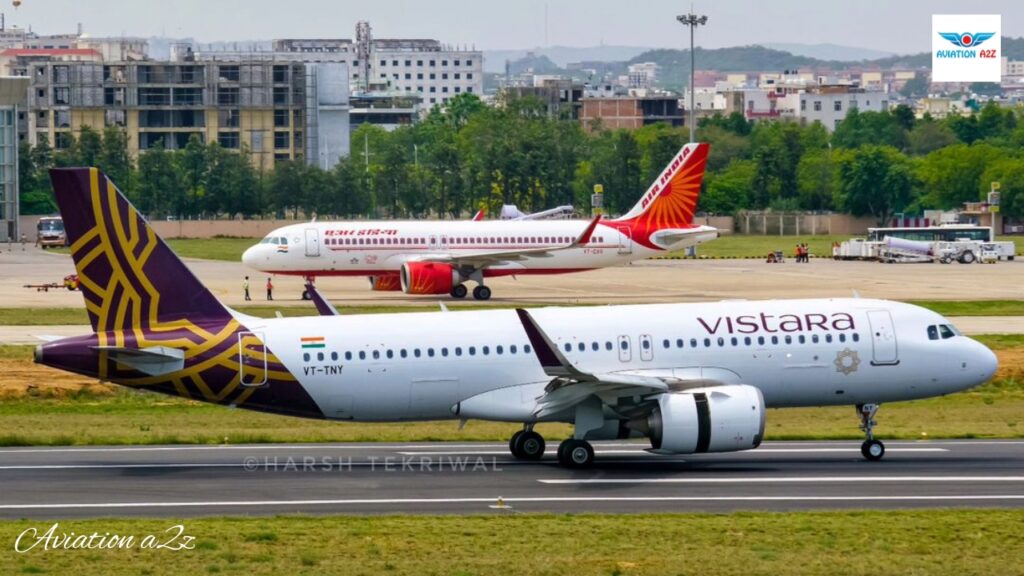 Photo: Harsh Tekriwal AvgeekwithLens, Go follow him on its social media
Photo: Harsh Tekriwal AvgeekwithLens, Go follow him on its social mediaOther Air India Incident Today
This aborted takeoff marks the second safety-related event for Air India on July 21, 2025.
Earlier in Mumbai (BOM), another Air India flight arriving from Kochi (COK) veered off the rain-soaked runway during landing. The aircraft suffered visible damage, including grass stuck to its rear and damage to one engine.
Airport authorities confirmed that all passengers were safe despite the runway excursion, which also damaged signage boards and runway edge lights. The aircraft involved was grounded for inspection, and the pilots were derostered pending inquiry.
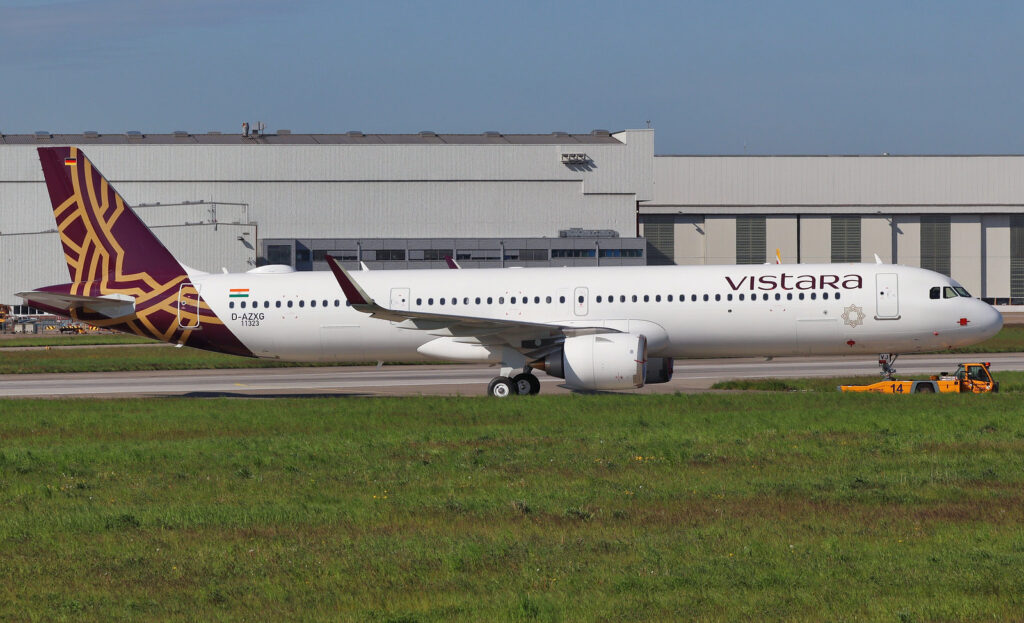 Vistara A321neo D-AZXG VT-TVJ MSN 11323 8.5.23 XFW Photo: spottingatxfw
Vistara A321neo D-AZXG VT-TVJ MSN 11323 8.5.23 XFW Photo: spottingatxfwRegulatory Scrutiny and Past Safety Concerns
These incidents come amid heightened regulatory scrutiny of Air India’s safety practices. Over the past six months, the Indian Civil Aviation Ministry disclosed that nine show cause notices were issued to Air India concerning five documented safety violations. One enforcement action has been completed so far.
Additionally, following the tragic Boeing 787 Dreamliner crash in Ahmedabad (AMD) last month, where 260 lives were lost, the Directorate General of Civil Aviation (DGCA) ordered inspections of Air India’s Boeing 787-8/9 fleet. Out of 33 aircraft, 31 underwent inspection, with minor issues found in eight jets — all rectified before returning to service.
The DGCA continues comprehensive oversight, having executed 254 enforcement actions up to April 2025 alone. These actions range from warnings and fines to suspensions and cancellations, underscoring intensified vigilance on aviation safety.
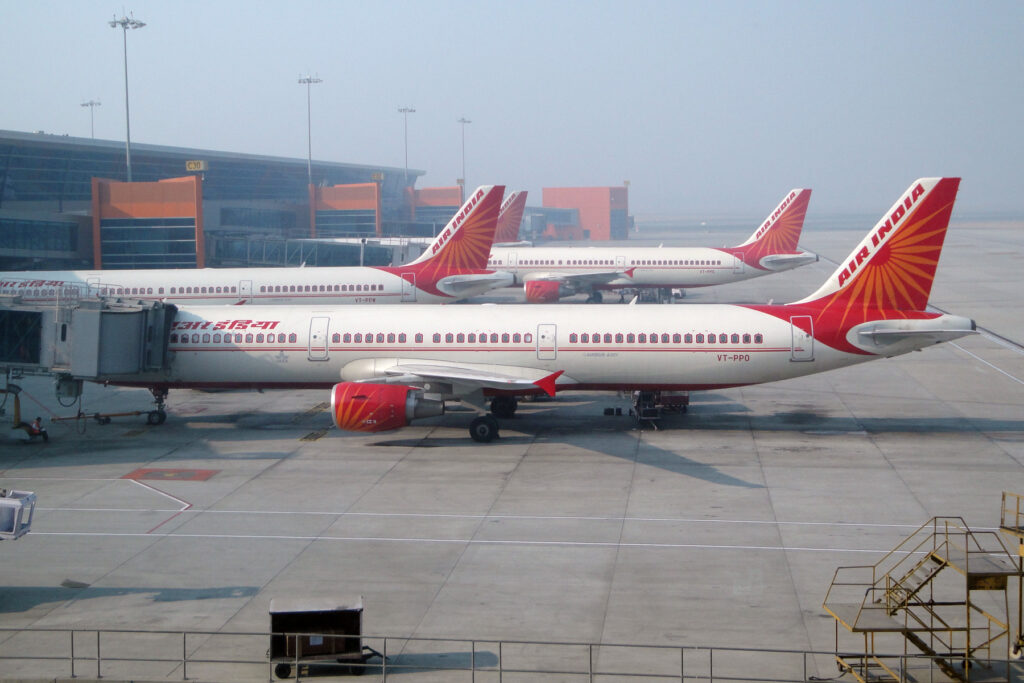 Photo: By Kambui – Air India Airbus A321-211 VT-PPO, CC BY 2.0, https://commons.wikimedia.org/w/index.php?curid=58290476
Photo: By Kambui – Air India Airbus A321-211 VT-PPO, CC BY 2.0, https://commons.wikimedia.org/w/index.php?curid=58290476Government and Legislative Oversight
Minister of State for Civil Aviation Murlidhar Mohol confirmed to Parliament that no adverse reliability trends were observed in recent months for Air India, aside from these identified violations.
Additionally, the government assured that investigations, including possibilities of sabotage in past accidents, are ongoing to determine root causes comprehensively.
The heightened oversight reflects growing concerns over Air India’s operational safety following consecutive incidents and the fatal Ahmedabad crash.
The aviation regulator remains actively engaged in ensuring compliance and safeguarding passenger safety across all Indian airlines.
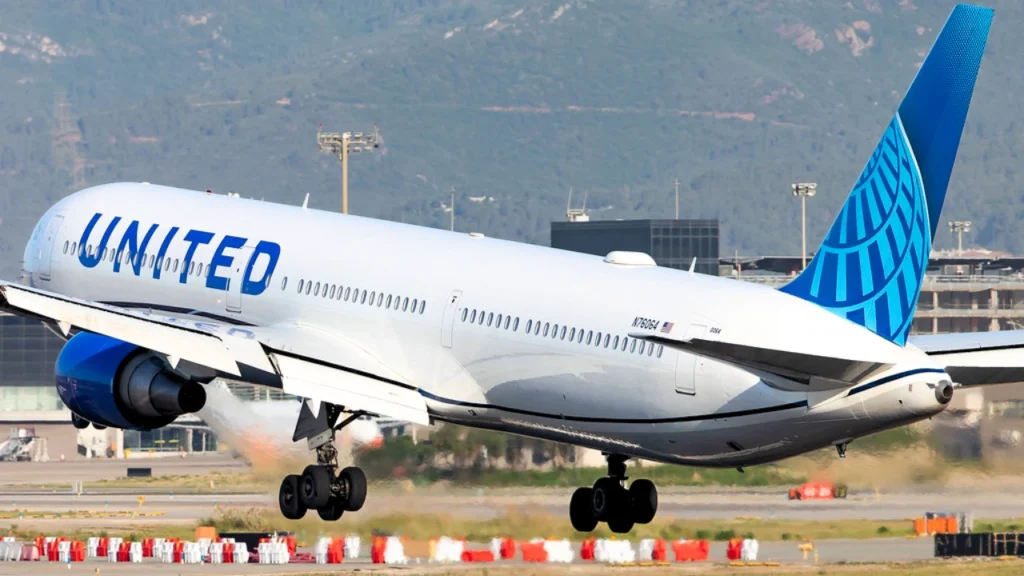 Photo: Clément Alloing
Photo: Clément AlloingSimilar Incidents
A United Airlines (UA) Boeing 767-300 operating Flight UA12 from Zurich Airport (ZRH) to Chicago O’Hare International Airport (ORD) aborted takeoff at high speed on June 24, 2025.
The aircraft, carrying 142 passengers and crew, performed the rejected takeoff at approximately 145 knots, well above the standard decision speed (V1). Emergency teams evacuated all onboard safely with no injuries reported.
Rare High-Speed Rejected Takeoff at Zurich
United Airlines (UA) Flight UA12, scheduled to depart Zurich Airport (ZRH) at 09:50 local time for Chicago O’Hare (ORD), was forced to abort its takeoff roll on Runway 16 after reaching about 145 knots. The aircraft, a Boeing 767-300 registered N684UA, came to a complete stop just beyond the intersection with Runway 28.
During the emergency stop, several main landing gear tires deflated due to the intense braking required at such speeds. Zurich Airport’s emergency services promptly responded, and passengers were evacuated via mobile stairs directly on the runway surface.
Initial communication between the UA12 flight crew and Zurich Tower revealed that the pilots initially believed they could vacate the runway after the stop. However, airport authorities instructed the aircraft to hold its position while emergency responders secured the area.
Though United Airlines (UA) did not release detailed technical specifics, a spokesperson confirmed to Swiss media that a “technical issue” necessitated the rejected takeoff. The airline also began rebooking affected passengers on alternate flights to minimize disruption.
The aircraft remained stationary on the runway for nearly four hours before being towed to a remote stand. Despite the incident, Zurich Airport (ZRH) managed to continue operations via alternate runways with minimal delays to overall air traffic.
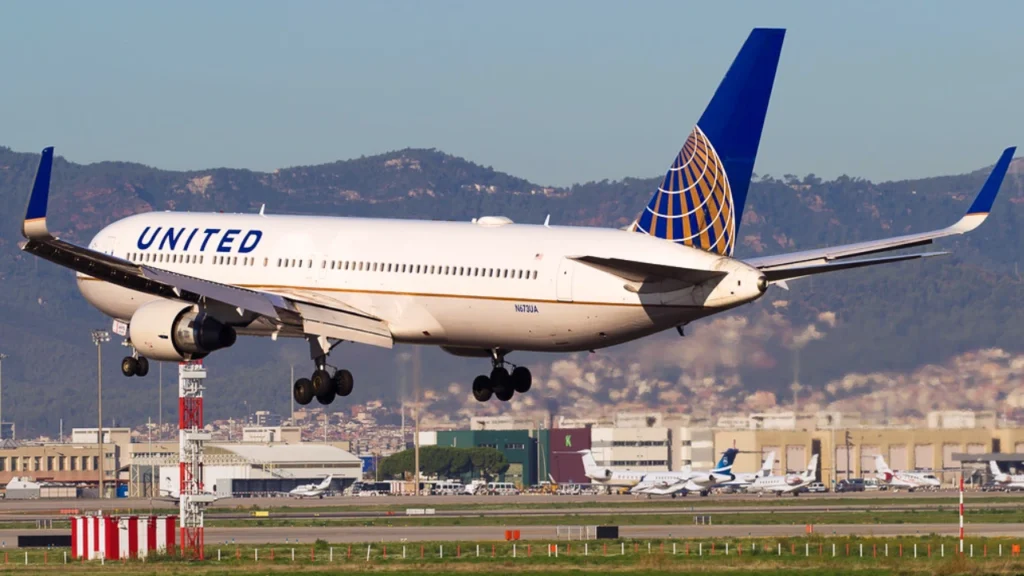 Photo: Clément Alloing
Photo: Clément AlloingUnderstanding V1 and the Significance of High-Speed Aborts
V1 speed is the critical decision threshold during takeoff. For the Boeing 767-300, this speed is typically below 140 knots, varying based on aircraft weight and environmental conditions. Pilots are trained to continue takeoff beyond V1 unless encountering severe, flight-critical failures.
Flight tracking data from Flightradar24 indicated that UA12’s rejected takeoff occurred between 143 and 145 knots, marking it within the rare 2% of takeoff aborts that occur at or above 120 knots. Aborting beyond V1 is uncommon and executed only when a system failure poses an immediate risk to the flight.
Swiss aviation authorities, along with United Airlines engineers, are expected to investigate the incident to determine the exact cause behind the high-speed rejection.
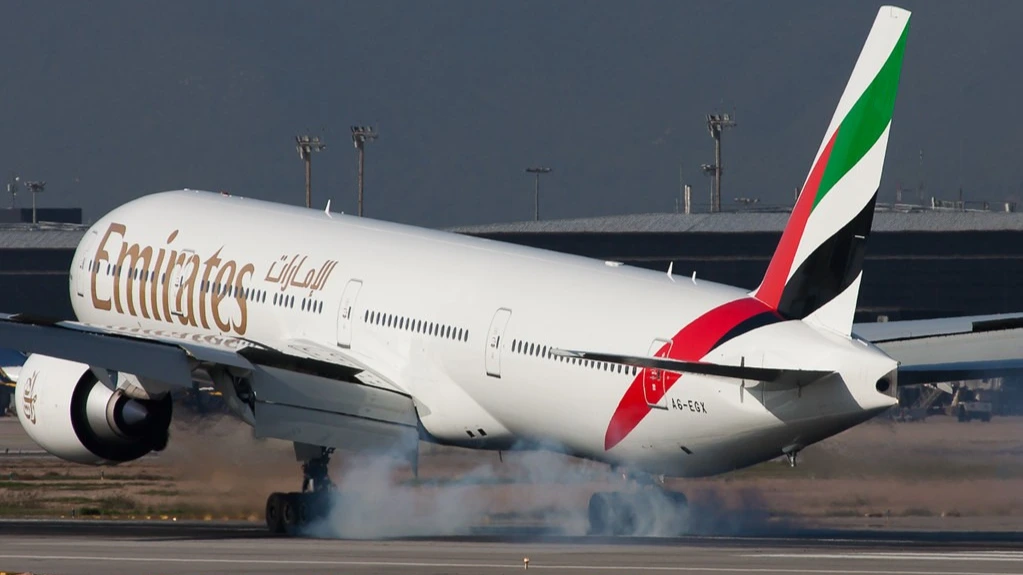 Photo: Clément Alloing
Photo: Clément AlloingRelated Incidents Involving Takeoff Aborts
Earlier on June 8, 2025, an Emirates Airline (EK) Boeing 777 scheduled from Chennai International Airport (MAA) to Dubai International Airport (DXB) aborted takeoff while taxiing. Pilots identified a technical anomaly around 9:50 AM IST and returned the aircraft to the gate. Despite diagnostic efforts, the issue persisted, leading to the cancellation of the flight and impacting 312 passengers.
Similarly, on May 24, 2025, a United Airlines (UA) service from Wilmington International Airport (ILM) to Newark Liberty International Airport (EWR) aborted its takeoff due to a complete engine shutdown just before liftoff. That flight, already delayed over five hours, was rescheduled for the next morning.
Stay tuned with us. Further, follow us on social media for the latest updates.
Join us on Telegram Group for the Latest Aviation Updates. Subsequently, follow us on Google News
Delta Pilots Avoid Mid-Air Collision with US Air Force B-52 bomber
The post Air India A321 Pilots Abort Take-off at High Speed at Delhi Airport appeared first on Aviation A2Z.











